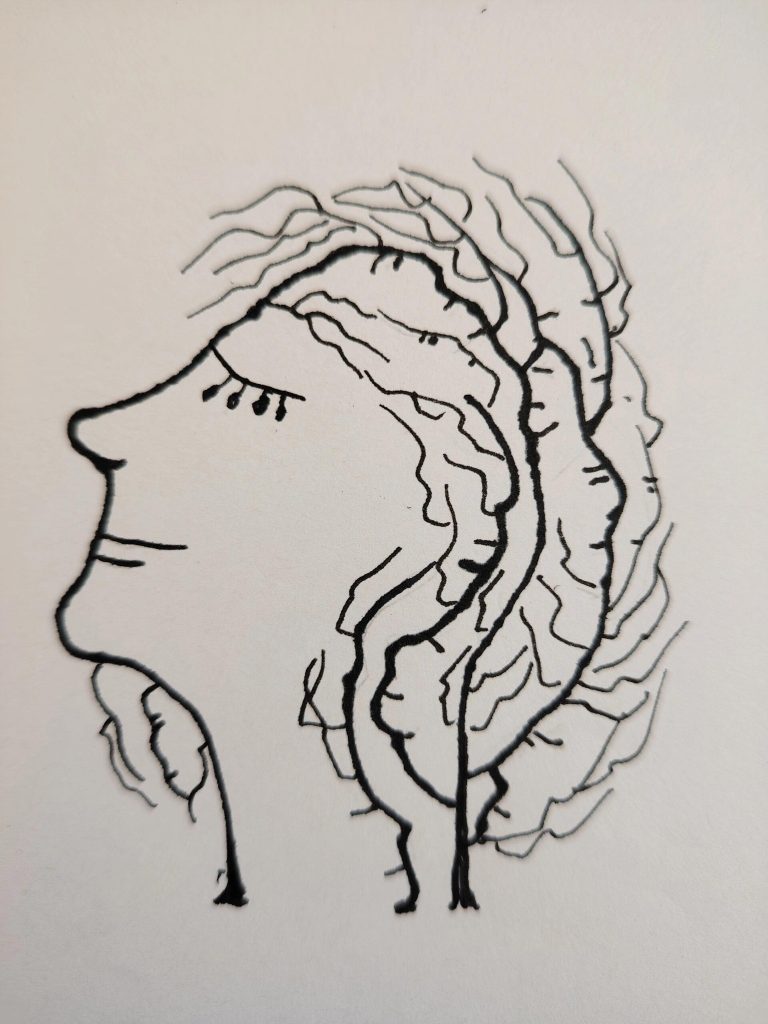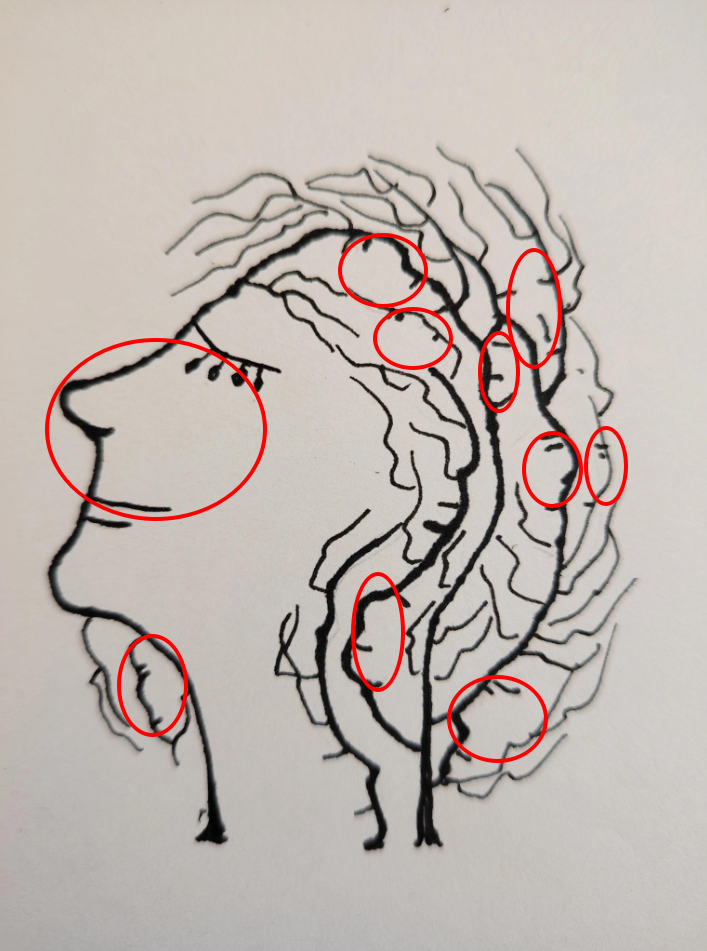How many faces can you find in the picture?
The Art of Perception: Discovering the Hidden Beauty in a Tree-Faced IllusionOnline art courses
When Nature Meets Imagination
What do you see at first glance? A face of a serene woman in profile? Or a bunch of bare, twisted trees reaching toward the sky? If your answer is both, congratulations—your brain just did a little dance of visual magic. This clever optical illusion, where the silhouette of a woman’s face is formed entirely from a grove of leafless trees, is a stunning example of how our minds love to turn chaos into clarity.
It’s art. It’s nature. It’s psychology. And it’s a perfect reminder that what we perceive isn’t always what’s really there.

The Double Image Phenomenon
This drawing is what’s known as a double image illusion, where two distinctly different scenes are merged into one. You’ve likely seen others like it—the famous “old woman or young girl” sketch, or the “vase or two faces” illusion. These visuals tug at our brain’s natural craving for patterns.
In this case, the branches of the trees bend and twist in such a way that they create the perfect contours of a human face. The eyelashes? Little twigs. The lips? Curved bark. Even the shape of the nose and chin blend seamlessly into the trunks.
It’s clever. It’s captivating. And it makes you look twice. Or three times.
Why Does Our Brain Fall for This?
Here’s the thing: our brains are lazy—but in a good way. They’re wired to spot familiar things quickly, especially faces. It’s called pareidolia—the tendency to see meaningful images in random patterns.
That’s why we spot animals in clouds, faces in the moon, or a woman’s profile hidden in trees. Our brain says, “Hey, this mess of lines kinda looks like a face,” and boom—it fills in the gaps. Once you see it, you can’t unsee it. That’s the fascinating trick of optical illusions like this one.
.
.
.
.
.
Answer:



